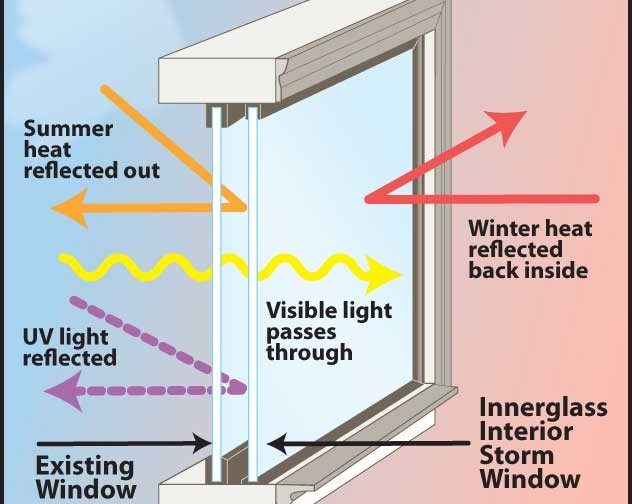All Categories
Featured
Table of Contents
Canberra Window Replacement - Upvc Double Glazed ... in Palmyra WA
Laminated glass is typically used in locations in the home most vulnerable to injury from human effect such as restrooms, doors, around staircases and in areas near the flooring (it satisfies the requirements of 'shatterproof glass' that is mandated for usage in these areas by Australian Basic AS 1288 Glass in structures).
Toughened glass has actually been 'tempered' by being reheated and rapidly cooled once again. This process makes it much stronger than standard glass it can withstand greater impact loads prior to breaking. It also makes it more secure due to the fact that, when it does shatter, it burglarizes lots of little cubic pieces rather than harmful fragments.
Glass Selector - Custom Single & Double Glazed ... in Merriwa Western Australia
Toughened glass has no thermal or acoustic benefits over other glass of the very same toning or thickness. Secondary glazing is where single-glazed windows are retrofitted with a transparent acrylic or glass sheet attached to the inside of the frame or openable sash with a secondary frame or with magnetic strips.


Secondary glazing will not carry out too thermally as a manufactured IGU, because it is impossible to absolutely seal the boundary, but it can provide good sound control. Window films are a thin polymer movie including an absorbing color or reflective metal layer, with an adhesive support. They adhere to your glazing to alter its colour or make it reflective.
Double Glazing - Albury - Twin Cities Glass in Southern River Perth
Applied to existing glass, some window films can cut in half the overall SHGC of the window by absorbing and/or showing solar radiation. This can be particularly useful in hotter climates where cooling is the primary concern, or on east and west elevations straight exposed to long durations of sunlight. Window films may also lower visible light transmittance.

For this reason, it is normally best to utilize an accredited installer of window movie. Frames have a considerable impact on the thermal performance of windows and doors, since energy can be gained and lost through the frame, as well as through the glass. Various kinds of frame will allow different levels of heat gain and loss, so mindful choice of frame is essential for reliable passive style.
Double Glazing - Albury - Twin Cities Glass in Nedlands Perth
Nevertheless, aluminium is also a very great conductor of heat and will decrease the insulating worth of a glazing unit, unless specifically crafted to reduce this. A 'thermally broken' frame is comprised of 2 aluminium sections linked by a structural insulator (typically a low-conductivity structural polymer). This 'breaks' the thermal connection through the aluminium and reduces the heat streaming through the frame.
Lumber frames are a good natural insulator that can fit some house styles. Wood frames ought to be made from species that have naturally high resilience or be treated to avoid decay and deformation.
The Surprising Benefits Of Double Glazing In The Summer ... in Yanchep Perth
(weather condition stripping) is set up.
u, PVC windows and doors have outstanding thermal performance Photo: Ben Wrigley (Light Home Architecture and Science) Composite frames use aluminium profiles on the external sections with either a lumber or u, PVC inner section. These integrate the low maintenance and resilience of aluminium with much enhanced thermal performance.
Table of Contents
Latest Posts
Which Type Of Glass Is Best For Energy Efficiency? - A&l Windows in Medina WA
Double Glazing Versus Secondary Glazing in East Victoria Park Western Australia
A Complete Guide To Double Glazed Windows in Kewdale Perth
More
Latest Posts
Which Type Of Glass Is Best For Energy Efficiency? - A&l Windows in Medina WA
Double Glazing Versus Secondary Glazing in East Victoria Park Western Australia
A Complete Guide To Double Glazed Windows in Kewdale Perth